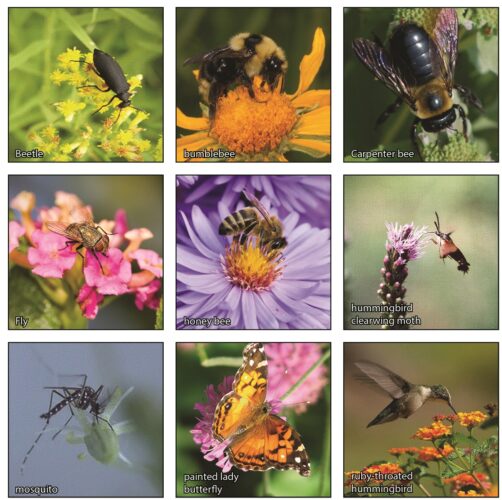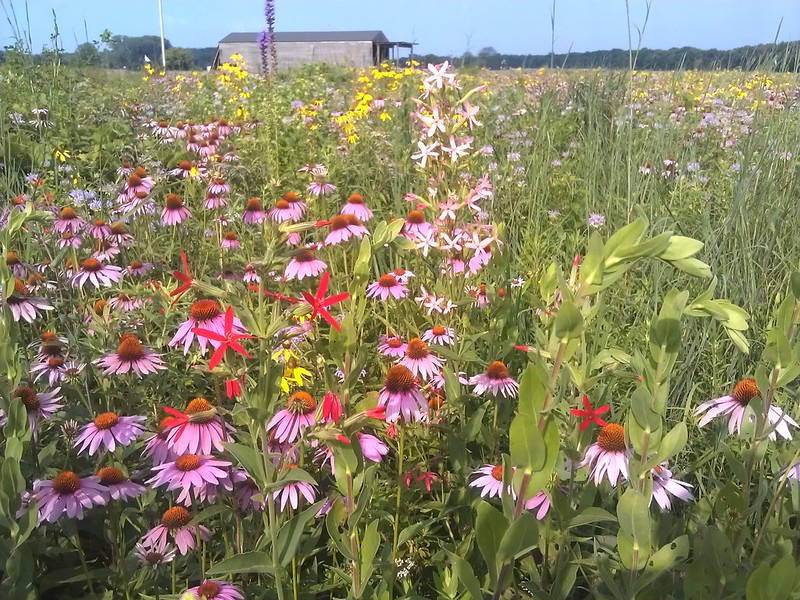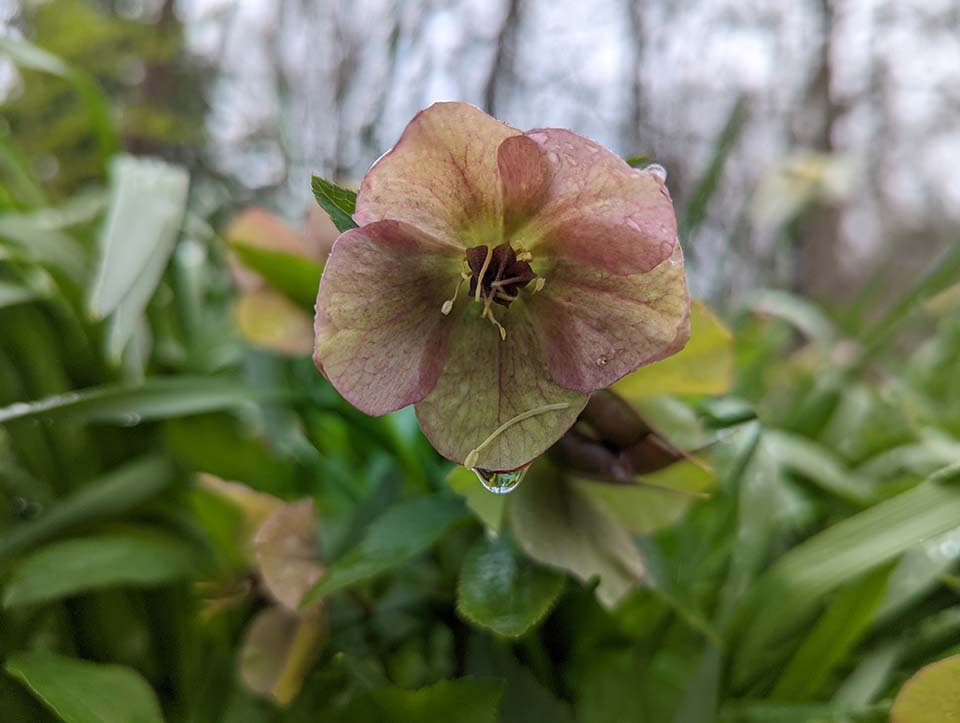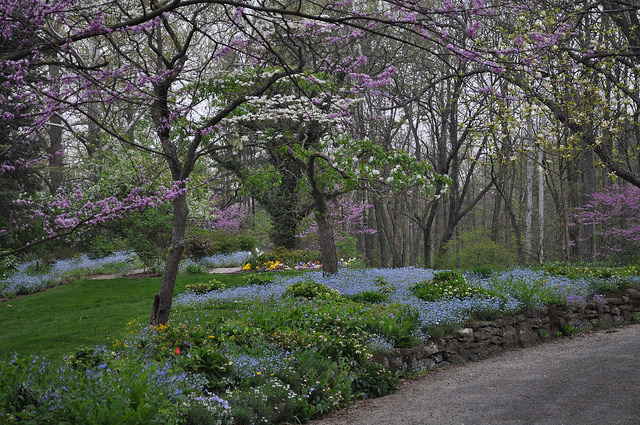Updated June 20th, 2023
MetroParks Prairie Scavenger Hunt
Head to your backyard, local park or prairie for a Pollinator Scavenger Hunt. Pollinators include insects, such as bees, butterflies and flies. Pollinators also can be mammals, reptiles and birds. Important to the environment and the economy, pollinators ensure habitats are healthy and you have food on your plate.
By moving pollen grains from one flower to another, pollinators allow plants to make seeds. Seeds grow things such as flowers, plants and food. Worldwide, pollinators produce one out of every three bites of food we eat. Check out the pictures below and see how many of these important creatures you can spot.

Have you noticed certain pollinators are attracted to specific blooms? Here’s what the pollinators pictures above seem to enjoy:
Beetles like:
- Bowl-shaped flowers
- White to dull white or green petals
- Strong, fruity smells
- Large solitary flowers or clusters of small flowers
- Magnolias, pond lilies, goldenrods and spiraea
Fun fact: Beetles and flies were along the first pollinators when flowers appeared 150 million years ago.
Bumblebees like:
- Flowers with modified lower petals that serve as “landing pads”
- Bright white, yellow, blue or violet flowers
Fun fact: Bumblebees pollinate tomatoes, eggplants, peppers, melons, berries and many other crops, and are the only known pollinators of potatoes.
Carpenter Bees like:
- Tubular shaped flowers
- Bright white, yellow, blue or violet flowers
- Fresh, mild and/or minty smells
Fun fact: Carpenter bees pollinate eggplant, tomatoes and other veggies and flowers. Some flower openings, like salvia, are too long and thin for these bigger bees to access its nectar. Carpenter bees will cut a slit and the bottom of the flower petal and steal the nectar away without touching the pollen. The bee gets the nectar and the plant doesn’t get pollinated.
Flies like:
- Simple bowl shapes, funnel-like shapes or complex flower shapes.
- Pale and full green, white or cream flowers – sometimes dark brown or purple
- Flowers that smell like decaying protein, carrion, dung, blood or rotting meat
- Cocoa, purple cone lower and paw paw
Fun Fact: Without other types of flying insects, many fruits, veggies and other flowers would not be pollinated.
Honeybees like:
- Tubular-shaped flowers
- Bright white, yellow, blue or violet flowers
- Fresh, mild and/or minty smells, such as lavender, clover and daisy.
Fun fact: All bees see ultraviolet light from flowers
Hummingbird clearwing moths like:
- Small, tubular-shaped florets
- White or pale petals
- Flowers with a strong or sweet scent, such as verbena and lantana
Mosquitos like:
- Simple bowl shapes, funnel-like shapes or complex flower shapes
- Pale and full green, white or cream flowers – sometimes dark brown or purple
- Flowers that smell of decaying protein, carrion, dung, blood or rotting meat
- Certain grasses, some species of Platanthera orchids and goldenrod
Fun fact: Mosquitoes do not eat blood, rather nectar for food. Mosquitoes to do eat blood for food, rather nectar for food.
Painted lady butterflies like:
- Flat clustered flowers with a landing pad
- Brightly colored flowers, especially red, yellow and orange
- Flowers with a pleasant smell that open during the day
- Goldenrods, milkweeds, asters, joe-pye weed and blazing star
Ruby-throated hummingbirds like:
- Red, long, tubular flowers with nectar
Fun fact: The ruby-throated hummingbird feeds on the nectar of more than 30 plant types and transfers polled that ends up on its wings and bill. The trumpet creeper’s long, orange, tubular flower co-evolved with hummingbirds and cannot be pollinated by any other animal.
While you are on your pollinator scavenger hunt be sure to capture pictures of fun wildlife and insects you see that are not on your scavenger hunt list. Visit the Ohio Department of Natural Resources’ Wildlife Division to learn more about the other creatures you found on your adventure.
Need help finding prairies to explore? Visit this blog post and download the Five Rivers MetroParks Mobile App powered by OuterSpatial to help you plan your adventure.





